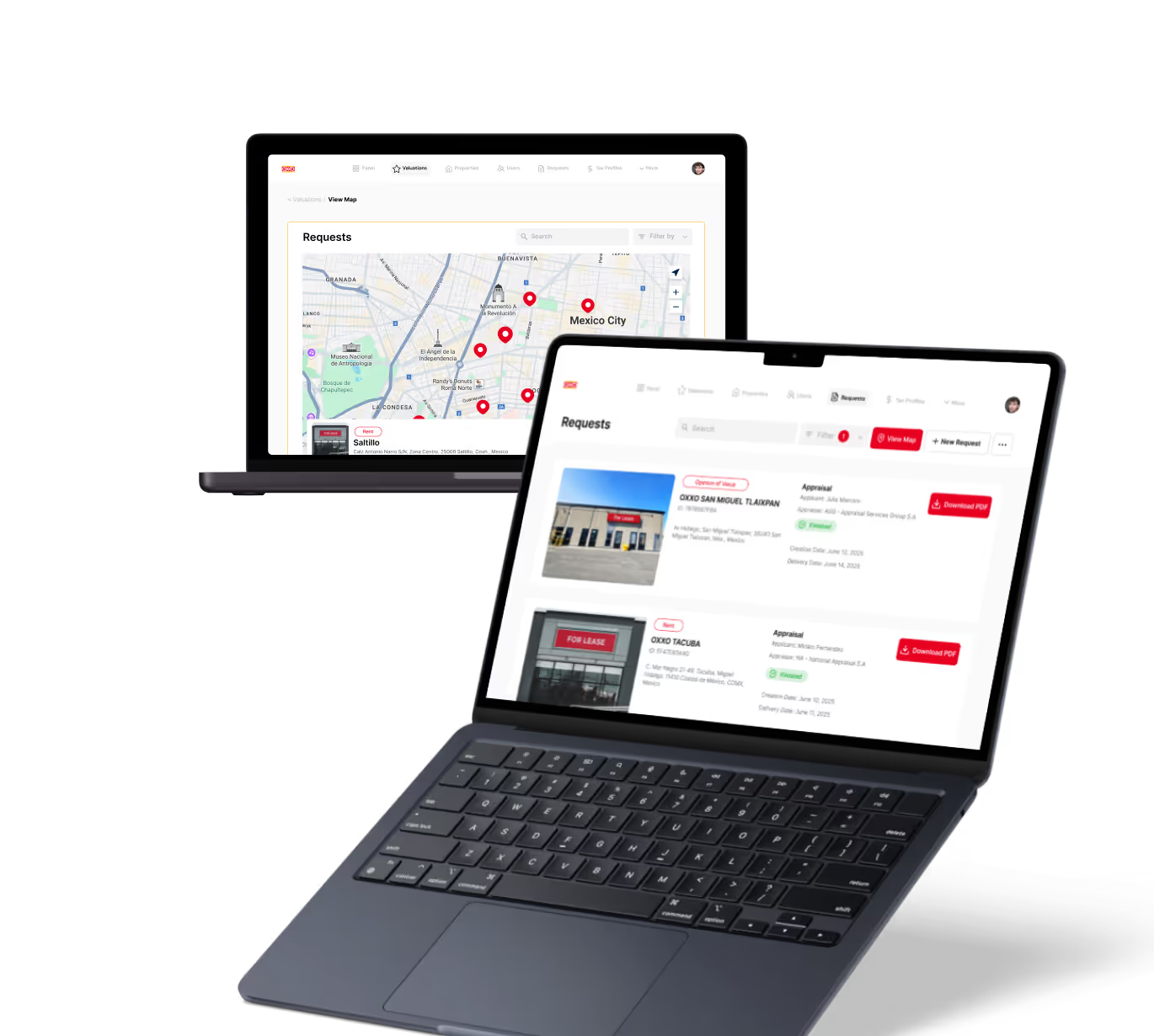GET Request in Automation
Automation
Learn how GET requests power automation by fetching data efficiently in no-code and low-code tools.
Introduction to GET Requests in Automation
If you work with automation tools, you’ve likely heard about GET requests. They are a simple yet powerful way to fetch data from the web or APIs. Understanding GET requests helps you build smarter workflows that retrieve information automatically.
In this article, we’ll explore what GET requests are, how they work in automation, and practical examples using popular no-code and low-code platforms. By the end, you’ll know how to use GET requests to make your automations faster and more efficient.
What Is a GET Request?
A GET request is a type of HTTP request used to ask a server for data. When you enter a website URL in your browser, your browser sends a GET request to that server to get the webpage. In automation, GET requests fetch data from APIs or web services.
GET requests are read-only, meaning they don’t change data on the server. They only retrieve information. This makes them safe and ideal for getting data like user details, weather info, or product listings.
- GET requests include parameters in the URL to specify what data you want.
- They return data in formats like JSON or XML.
- They are simple to use and widely supported.
How GET Requests Work in Automation Tools
Automation platforms like Zapier, Make, and Bubble let you use GET requests to connect with external services. You set up a GET request by specifying the API endpoint URL and any parameters needed. The tool sends the request and receives the data, which you can then use in your workflow.
For example, you might use a GET request to:
- Retrieve the latest tweets from Twitter’s API.
- Get weather updates from a weather service.
- Fetch customer data from a CRM system.
These platforms often provide visual interfaces to build GET requests without coding. You just enter the URL and parameters, and the tool handles the rest.
Examples of GET Requests in Popular No-Code Platforms
Here are some real examples of how GET requests work in no-code and low-code tools:
- Zapier: Use the Webhooks by Zapier app to send a GET request to an API. For instance, fetch currency exchange rates and use them in your spreadsheet.
- Make (formerly Integromat): The HTTP module lets you configure GET requests with custom headers and query parameters. You can pull data from project management tools like Asana.
- Bubble: Bubble’s API Connector plugin allows you to set up GET requests to external APIs. You can display live data on your app without writing code.
- Glide: Glide can fetch data from public APIs using GET requests to show dynamic content in your app.
Best Practices for Using GET Requests in Automation
To get the most from GET requests, keep these tips in mind:
- Use clear and correct URLs: Make sure the API endpoint and parameters are accurate.
- Handle errors gracefully: Check for failed requests and add fallback steps in your automation.
- Respect rate limits: Many APIs limit how often you can send GET requests. Avoid hitting these limits to prevent disruptions.
- Secure sensitive data: Don’t expose API keys or personal info in URLs.
- Cache data when possible: Store frequently requested data to reduce unnecessary GET calls.
Common Use Cases for GET Requests in Automation
GET requests are versatile and fit many automation scenarios. Here are some common use cases:
- Data synchronization: Automatically update your database with fresh info from external sources.
- Reporting: Pull data from analytics tools to generate reports.
- Notifications: Fetch status updates or alerts to trigger messages.
- App integrations: Connect different apps by sharing data via GET requests.
Conclusion
GET requests are a fundamental part of automation. They let you fetch data quickly and safely from APIs or web services. By mastering GET requests, you can build powerful workflows that keep your apps and tools in sync.
Whether you’re using Zapier, Make, Bubble, or Glide, understanding how to configure and use GET requests will improve your automation projects. Start experimenting with GET requests today to unlock new possibilities and save time.
FAQs
What does a GET request do in automation?
Can I use GET requests without coding?
Are GET requests safe to use in workflows?
How do I add parameters to a GET request?
What are common formats returned by GET requests?
How do I avoid hitting API rate limits with GET requests?
Related Terms
See our numbers
315+
entrepreneurs and businesses trust LowCode Agency
Investing in custom business software pays off
We were managing property valuations across multiple brands, and the complexity was overwhelming our traditional processes. Every day of delay in property evaluation meant potential lost revenue and competitive disadvantage.
15,000+
property valuations managed through centralized platform
40%
reduction in valuation processing time

J.Antonio Avalos
,
Product Manager Lead
OXXO



%20(Custom).avif)